Sri Lankan tamarind has a distinctive sweet and sour taste with subtle fruity undertones. It is commonly used as a flavoring agent in various dishes, particularly in savory recipes such as curries, sauces, chutneys, and marinades. The tangy pulp is also used to make refreshing beverages and traditional desserts.
In addition to its culinary uses, tamarind is valued for its medicinal properties. It is rich in antioxidants, vitamins, and minerals, and is believed to aid digestion, promote heart health, and support overall well-being.
Sri Lankan tamarind is typically available in various forms, including fresh pods, tamarind paste, and tamarind concentrate. It is a staple ingredient in Sri Lankan cuisine, adding depth and complexity to dishes while imparting a delightful tangy flavor.
Technical Specifications
- Botanical Name: Tamarindus indica
- Appearance: Tamarind pods are elongated and brown in color, containing seeds surrounded by a sticky, tangy pulp.
- Flavor Profile: Sweet and sour with subtle fruity undertones.
- Acidity: Tamarind typically has a pH level ranging from 2.9 to 3.8 due to its high tartaric acid content.
- Moisture Content: Tamarind pulp has a moisture content ranging from 15% to 20%.
- Processing: Tamarind pods are harvested when mature and the pulp is extracted from the pods. It can be processed into various forms such as tamarind paste, tamarind concentrate, or dried tamarind slices.
- Shelf Life: Properly processed and stored tamarind products have a long shelf life, typically ranging from several months to over a year depending on the form and storage conditions.
- Usage: Tamarind is used as a flavoring agent in a wide range of culinary applications, including sauces, marinades, chutneys, curries, beverages, and desserts.
- Nutritional Content: Tamarind is rich in antioxidants, vitamins (such as vitamin C), minerals (including potassium, calcium, iron), and dietary fiber.
- Packaging: Tamarind products are typically packaged in moisture-resistant packaging to preserve freshness and quality.
Grades & Packaging Details
- 25 kg Food Grade Cartons & Bags



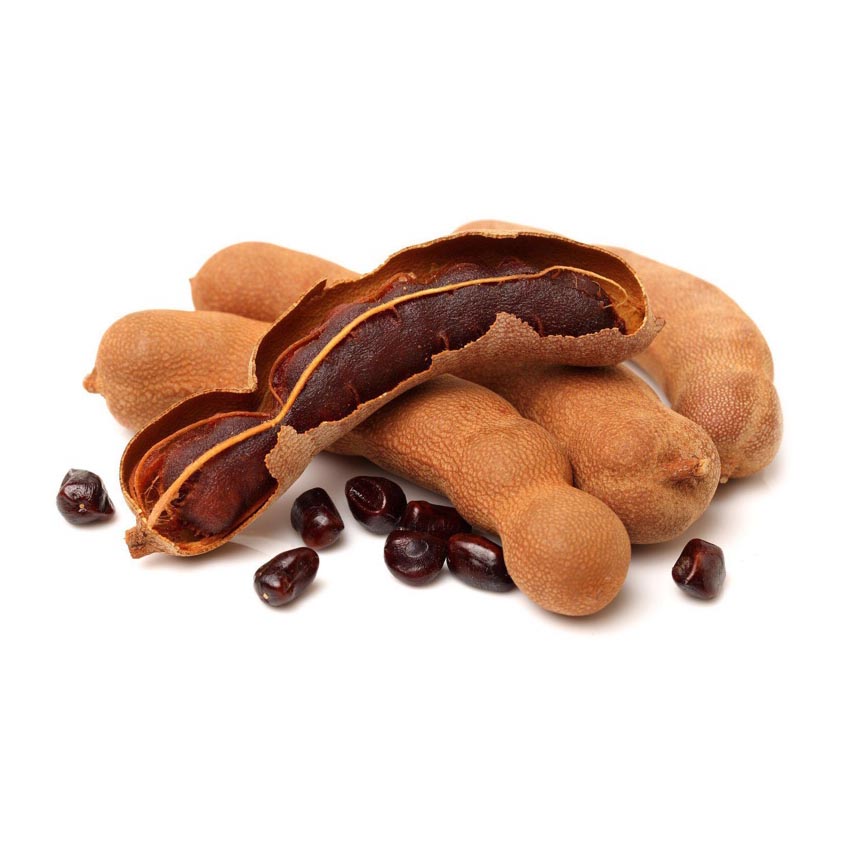
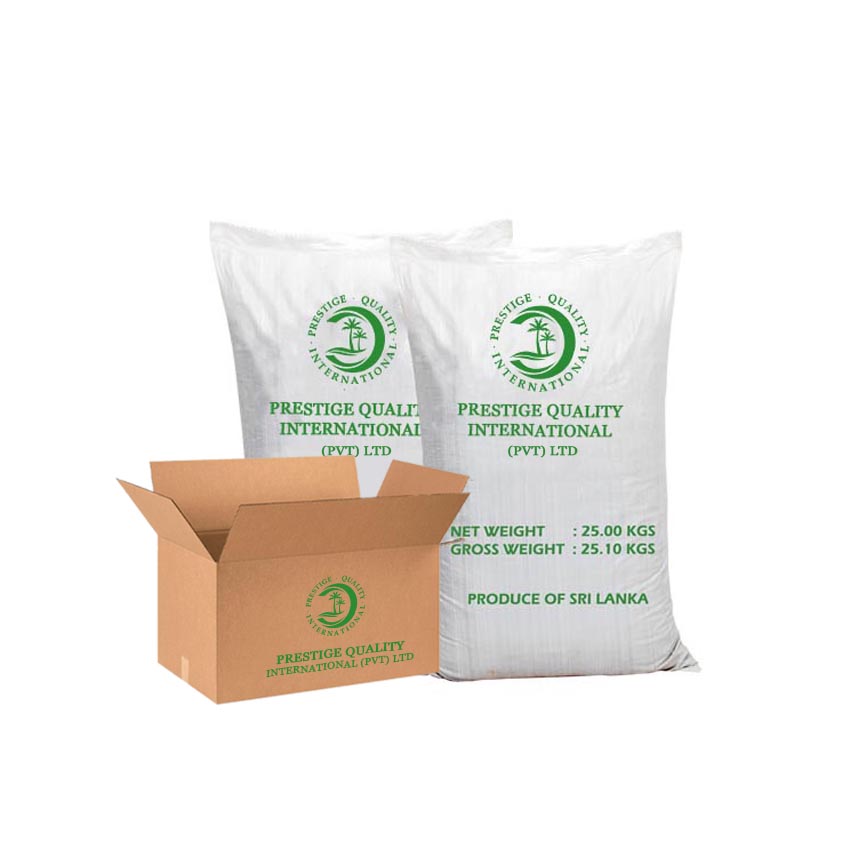
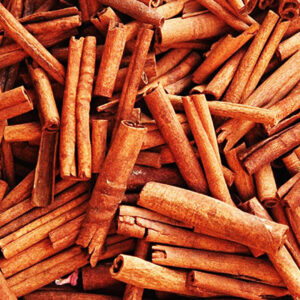
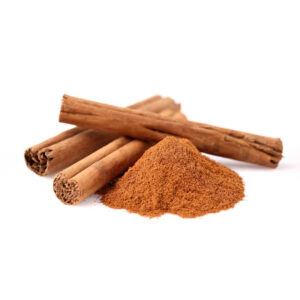
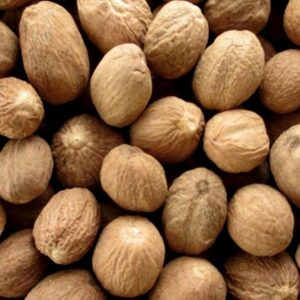
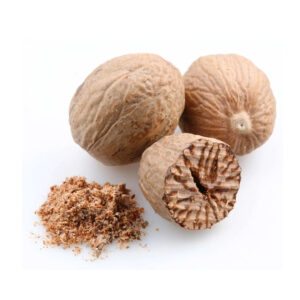
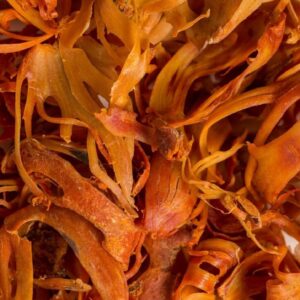
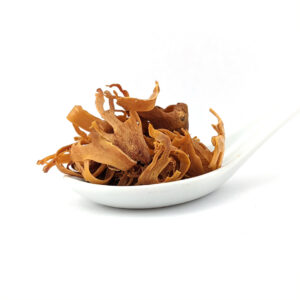
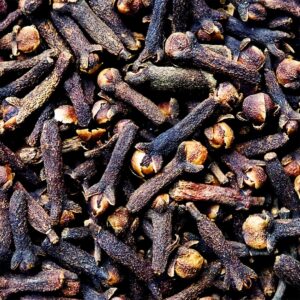
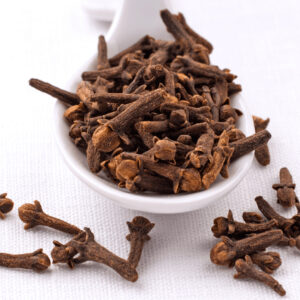
Reviews
There are no reviews yet.